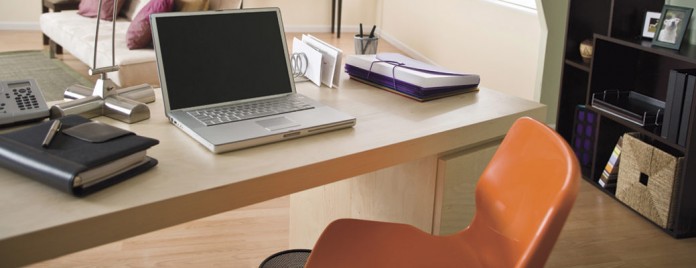UNIVERSITY PARK, Pa. — Think you’re healthy because you work out? Although your exercise regimen is good for your body, it may not be enough to counteract the negative effects of sitting.
“A recent survey found that many of us spend about eight hours a day being sedentary, not including time spent sleeping,” says David Conroy, Penn State professor of kinesiology.
“We sit all day at work and then we go home and we sit in front of the TV. These types of long, uninterrupted sitting episodes have been linked to obesity, cardiovascular disease, diabetes and some cancers, each of which has been linked with mortality.”
What happens
According to Conroy, when we’re sitting, there’s very little activity in the large muscles we use to stand and move. Consequently, energy metabolism is decreased.
As part of his research on motivation, Conroy has been investigating why people spend so much time sitting. In one study, he gave college-student participants daily diaries in which they recorded the amount of time they spent sitting and their intentions to limit the amount of sitting time the following day.
They also wore activity monitors to objectively measure their physical activity and sedentary behavior.
“We found that participants sat for almost two-thirds of their waking hours,” says Conroy. “We also found that sitting varies depending on the day of week. People spend more time sitting on Tuesdays, Wednesdays, Thursdays, and Fridays and less time on Saturdays and Sundays. In addition, we found that sitting is a habit,” he says.
“The more ingrained the habit of sitting is for an individual person, the harder it is to break the habit.”
Intervention
That’s why Conroy is developing interventions to help people reduce the amount of time they sit. According to a recent BBC article, a study found you burn 50 calories more when you are standing versus sitting.
So if you stand for three hours a day, five days a week, you can burn around 750 calories per week or 30,000 calories per year. That’s equivalent to running about 10 marathons a year.
In their interventions, Conroy and his colleagues are starting with a smaller goal; they are encouraging people to take a 5-to-6-minute break every hour.
“We encourage people to go down to the water fountain or walk to the mail room periodically while they are at work,” he says.
“Frequent interruptions to the amount of time spent sitting are likely to accumulate over time into valuable health benefits.”
Make changes
Conroy is following his own advice. He recently outfitted his desk with a contraption that enables him to raise or lower his computer so he can choose to stand if he feels the urge. He said he tries to stand when he’s writing and sit when he’s reading. “It took a little while to get used to standing while working,” says Conroy.
“My lower back hurt a lot for a few days. It’s best to ease your way into it and also to wear decent shoes. It’s nice because I find in the afternoons I don’t have that slump at the end of the day anymore. That’s my own experience in making this switch.”
Others are taking the plunge as well. For example, Facebook claims 250 of its employees now have standing desks.
“The health message has been delivered really successfully that physical activity is good for you,” says Conroy.
“However, very few people think about the dangers of sitting all day. Through our research and interventions, we are trying to change that.”










